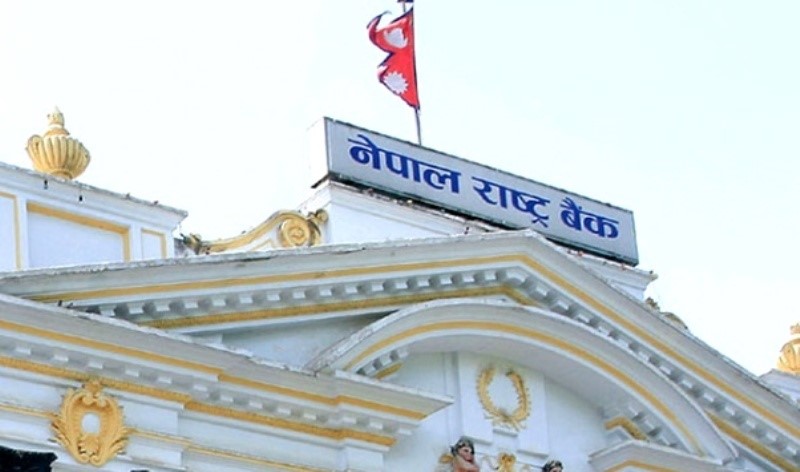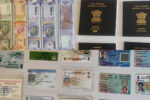KATHMANDU: A couple of months back, Finance Minister Janardan Sharma had said that the government would mobilize around 10 percent of the total capital budget each month.
Five months of the current fiscal year have passed but it is still below 10 percent, which means that Minister Sharma has not been able to fulfill his pledge made while presenting the replacement bill at the Parliament.
Now, he has instructed the development ministries to mobilize 30 percent of their capital budget by the mid of January next year.
Moreover, the Nepal Rastra Bank’s (NRB) decision to tighten the imports of luxury goods including vehicles has frustrated the traders.
The NRB has said that the decision to this effect was made to ease the liquidity situation.
It should be noted that the NRB had also instructed the concerned to maintain 100 percent cash margins in the imports of luxury items such as luxury cars, motorcycles, silver, beverages, liquor, sugar, tobacco, perfumes, shampoo, artificial flowers, cement, motorcycles, among other items.
NRB Governor, Maha Prasad Adhikari recently said that the central bank’s decision was aimed at curtailing the increased imports of unnecessary and luxury items to Nepal.
According to him, the central bank tightened the imports of such items was aimed at lessening the pressure on foreign exchange reserves.
“This move has been taken to ensure that luxury and unnecessary items are not imported,” he said in an interaction recently.
The NRB has already directed that the importers have to keep a margin of 50 percent cash in a bank while importing vehicles and motorcycles except for electronic vehicles.
Likewise, banks are also not allowed to issue a loan for this margin amount nor can they provide interest for the amount deposited by the importers, according to the directive.
According to the directives, importers are not allowed to bring goods without a deposit.
NRB has made it mandatory to pay a 100 percent margin deposit before importing 20 different items.
Imports of motorcycles, cars, cosmetics, cards, glassware, etc., have to be bailed out in advance.
Adhikari dismissed allegations that such a decision was not aimed at raising the price of luxury items but to discourage their imports.
However, the imports have also increased by over 60 percent of late.
If the NRB’s Macroeconomic and Financial Situation report of the first four months (Shrawan-Kartik) is to be analyzed, the country has just US$10.47 billion foreign exchange reserve, which is not sufficient to manage the imports for not more than seven months.
Governor Adhikari also informed that the NRB has floated several financial instruments to ease the liquidity situation dogging the country — Rs 2,500 billion through permanent liquidity facility, Rs 69 billion through an overnight repo, Rs 220 billion through repo and Rs 27 billion through direct purchase as of December 20.
According to him, arrangements have been made to keep the loan-deposit ratio at 90 percent till mid-July 2022.
Likewise, a re-financing facility of Rs 92 billion has also been approved, he said.
The central bank has also made provisions so that the banks can count 80 percent of the deposit at the local level, he noted.
If the daily budgetary report of the Financial and Comptroller General Office is to be considered, the government has collected 56.56 percent of the annual revenue target while the total expenditure has been put at 25.47 percent.
Similarly, the capital expenditure is Rs. 33 billion in more than five months of this fiscal year.
Meanwhile, the President of the Nepal Bankers’ Association, Anil Kumar Upadhyaya has emphasized the need to “embrace innovative methods” to steer the economy to the new normal.
Likewise, Saroj Kaji Tuladhar, President of the Nepal Finance Companies Association, stated that the unproductive lending would further increase if there is high liquidity.









Comment